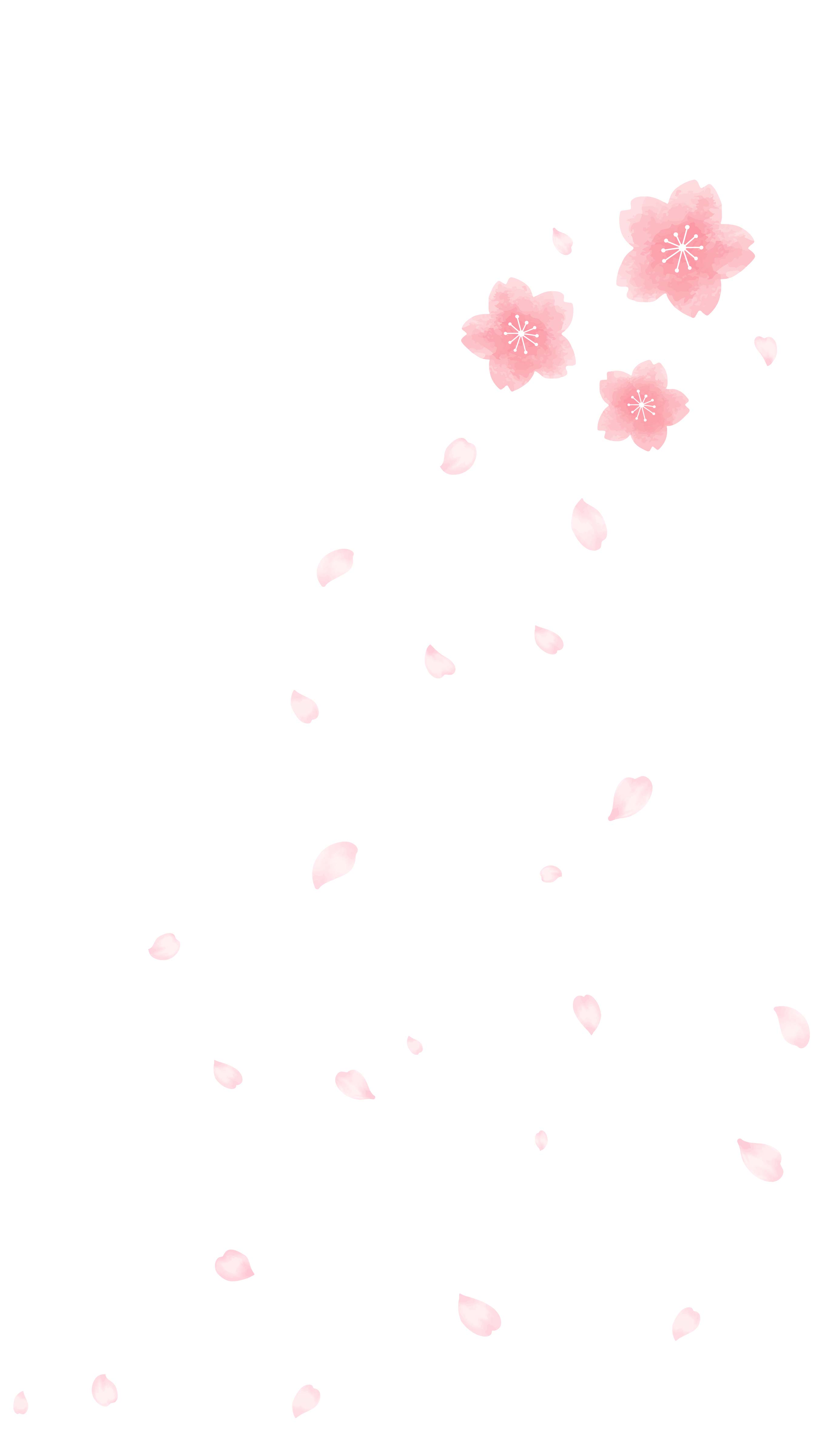Fragrant and gently bittersweet, these matcha cookies are simple yet unforgettable. With each bite, they break apart lightly and crisply, releasing the refined flavor and lingering aroma unique to matcha. Rooted in Japanese tea ceremony traditions, matcha is now also celebrated worldwide as a superfood.
Made with rice flour, these cookies are naturally gluten-free—perfect for those avoiding wheat—while offering a delicately crisp, melt-in-the-mouth texture. Their calm green hue and deep flavor pair beautifully not only with green tea but also with black tea, coffee, or even a café latte, making teatime feel extra special.
Along with their striking appearance, the recipe uses just a few simple ingredients, so they’re easy to make and ideal for gifting or entertaining. Even beginners can bake them with confidence. Enjoy these special cookies that capture the rich aroma of matcha in every bite.
Table of Contents
What is Matcha?
See: Matcha-Flavored Granola page.
What is Rice Flour?

In Japan, rice flour is often used as a substitute for wheat flour to make recipes gluten-free. It has a gentle natural sweetness and a light, crumbly texture that melts in your mouth. This unique character enhances matcha’s fragrance and refined bitterness in a way wheat flour cannot.
Among rice flours for baking, Mizuhochikara is especially popular in Japan. It has a fine texture, produces consistent results, and bakes up beautifully. While it can be difficult to find outside Japan, don’t worry—this recipe is designed to work well with standard baking rice flour, as well as cake flour or bread flour.
Flour Comparison
-
Mizuhochikara Rice Flour
Delivers a balanced “short and crumbly” texture with moderate sweetness. It highlights butter, eggs, and savory notes evenly, sitting between standard rice flour and cake flour in firmness. -
Other Baking Rice Flour (non-Mizuhochikara)
Light, crumbly, and especially melt-in-the-mouth. Offers the most noticeable natural sweetness and a fine powdery finish that dissolves gently on the palate. -
Cake Flour
Produces a crisper, firmer bite than rice flour, with richer buttery and eggy flavors and a toasty aroma. The sweetness feels milder compared with rice flour. -
Bread Flour
Firmer than cake flour, making it suitable for tarts or sturdier cookies. Sweetness is the least pronounced among the four, with a more substantial texture.
Ingredients (about 30 cookies)
- Rice flour (baking rice flour; Mizuhochikara, cake flour, or bread flour also work) – 2.8 oz / 80 g
- Almond flour – 0.35 oz / 10 g
- Matcha (green tea powder) – 0.35 oz / 10 g
- Unsalted butter (softened to room temperature) – 2.1 oz / 60 g
- Powdered sugar – 1.2–1.6 oz / 35–45 g (40 g used here; adjust to taste)
- Egg yolk – 1
- Salt – a pinch
Instructions
| 1 |  |
Place the softened butter in a bowl and cream until smooth. Add the sifted powdered sugar and mix well until pale. Tip Using powdered sugar creates a lighter, melt-in-the-mouth texture, keeps the dough from spreading too much, and gives the surface a smooth finish that’s less prone to cracking. It also helps the matcha color stay even, makes the sweetness feel cleaner, and reduces the slight graininess sometimes found in rice flour. (That said, you can use your preferred sugar if you like.) |
| 2 |
 | Add the egg yolk and mix until fully incorporated. |
| 3 |
 
|
Sift in the rice flour, almond flour, and matcha. Mix until no dry flour remains, then bring the dough together into one mass. Tip ・This recipe also works with Mizuhochikara rice flour, cake flour, or bread flour. Adjust sweetness to taste and enjoy the subtle flavor and texture differences each flour brings. ・Almond flour enhances both the crumbly texture and nutty flavor. ・For the brightest color, use fresh matcha. |
| 4 |  | Roll the dough out to about 5 mm (¼ inch) thick. Chill in the refrigerator for about 30 minutes. |
| 5 |  | Cut out with your favorite cookie cutters and place on a baking sheet lined with parchment, leaving space between each. |
| 6 |  | Bake at 160 °C (320 °F) for 15–20 minutes. To preserve the vibrant green of the matcha, keep browning to a minimum—once the edges are lightly colored, they’re ready! |
Recipe Video: Watch How It’s Made
Top Spots in Japan We Recommend — Uji 宇治市

Uji is widely known as the home of Uji tea, one of Japan’s three most celebrated teas. Strictly speaking, “Uji tea” refers to green tea made from tea leaves grown in Kyoto, Nara, Shiga, or Mie Prefecture, which are then finished and processed by tea producers in Kyoto using traditional Uji methods. Thanks to this heritage, Uji tea is regarded throughout Japan as a mark of quality.
The town is lined with historic tea shops and cafés specializing in matcha sweets, making it the perfect place to stroll while sampling matcha soft serve, parfaits, cookies, and more—Uji is nothing short of a pilgrimage for matcha lovers. Nearby stands Byōdō-in Phoenix Hall, a UNESCO World Heritage Site famously depicted on Japan’s 10-yen coin.

The Byōdō-in Phoenix Hall (平等院鳳凰堂)
Often called the world’s first novel, The Tale of Genji (11th c.) sets its final ten chapters—the “Uji Chapters”—in this riverside town. Fans come to trace the scenes that inspired the story along the atmospheric paths by the Uji River, across the historic Uji Bridge, and through nearby shrines and temples that echo the courtly world of the novel.
If you’re a fan of matcha, Uji is a must-visit. Located just 20–30 minutes by train from central Kyoto, it’s easy to include as part of a Kyoto sightseeing trip.
Uji 宇治市
Google map
Uji City Tourist Association
The Byōdō-in Phoenix Hall 平等院鳳凰堂
Google map
Official Webpage



